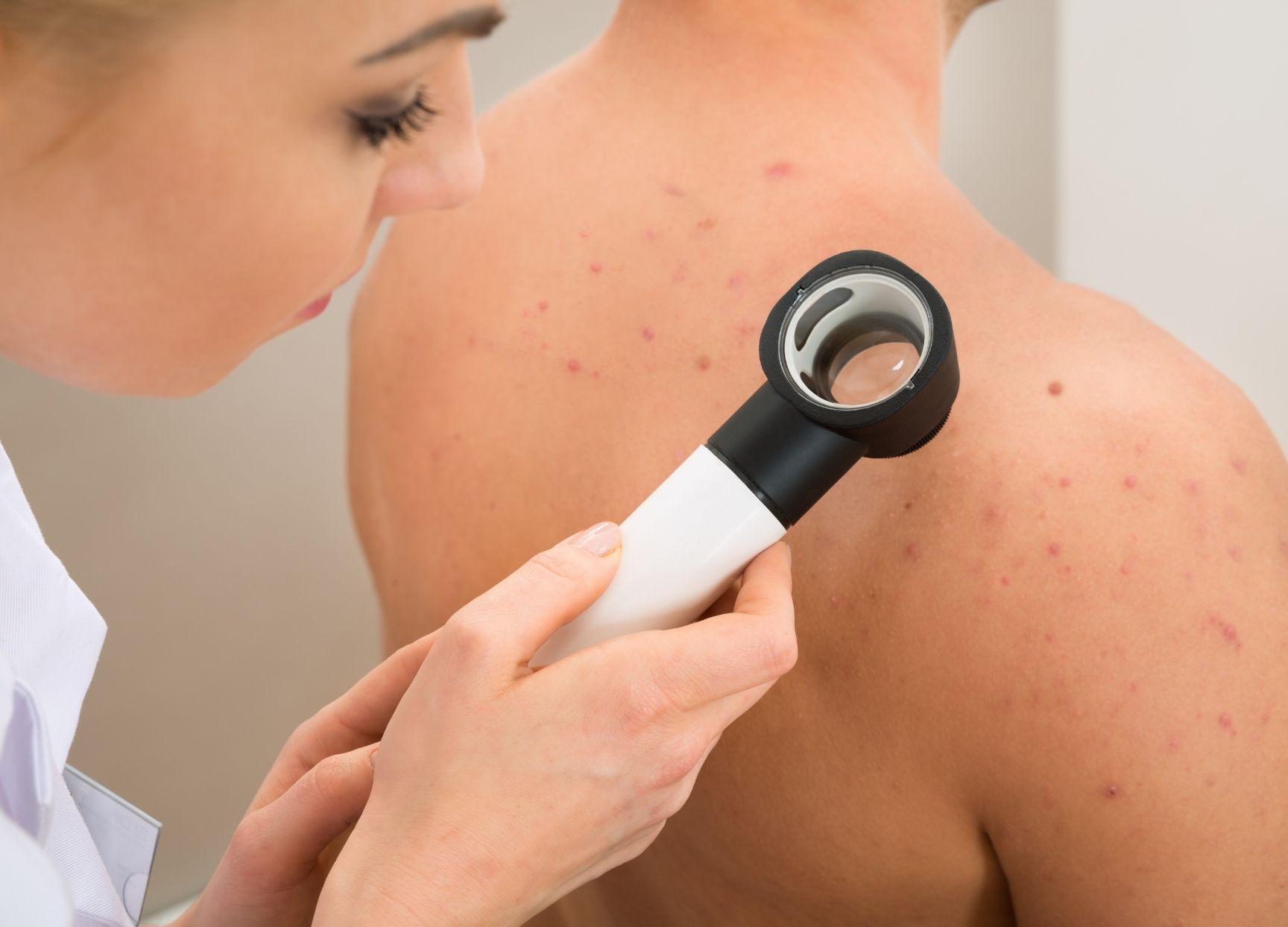Dr Abha Gulati
Consultant Dermatologist
Specialist expertise: Skin Cancer, Moles, Eczema, Psoriasis, Acne, Rosacea, Dermatology.
Moles are part of normal skin and most of them are completely harmless. They are made up of clusters of pigment cells. Most moles appear at birth or during childhood and adolescence.

Moles are part of normal skin and most of them are completely harmless. They are made up of clusters of pigment cells. Most moles appear at birth or during childhood and adolescence. It is very uncommon to get a new mole over the age of 40 years and many fade away in older individuals. They have a variety of appearances and can be completely flat or raised. They have a round or oval shape with a regular, smooth outline. They vary in colour from skin coloured to dark brown, depending on the location and the individual but rarely have more than two colours within them.
Moles can develop melanoma skin cancer within them, and it is therefore important to be aware of signs to look out for. Detecting a suspicious mole as early as possible is important as it significantly improves outcome if they are cancerous. A new mole (in adults) or changing mole should be checked by a doctor. Changes in size, shape and colour in addition to itching, bleeding, flaking and crusting can be signs of skin cancer. Many melanomas can have the appearance of a mole when they first appear but usually look different to the person’s other moles, have symptoms associated with them and change over time.
In individuals who have a large number (>50) of moles and/or who have moles that are irregular in shape and colour (sometimes referred to as atypical or dysplastic moles) or larger than normal moles (>5mm) are at increased risk of developing melanoma and benefit from regular checks by an expert dermatologist in order to identify concerning lesions as early as possible. Individuals with a previous history of significant sun exposure, a family history of melanoma or with previous melanomas also benefit from regular dermatological expert surveillance of their moles.
Being aware of your skin and moles to spot changes is key to ensuring early detection of skin cancers. A monthly check of your skin in good lighting conditions is advisable. A photographic record of your moles is very helpful to assess for new and changing lesions.
At OneWelbeck, we offer two ways of assessing and monitoring your moles:
360 mole mapping, where photos are taken of your entire body and turned into a 3D avatar, and can detect moles, pigmentation and skin lesions. The technology uses AI to flag anything concerning and the images are also assessed by a consultant. Any changes are then picked up at your next mole mapping appointment as previous images are compared to new ones. Mole mapping costs £495.
Currently selected day
Available consultations
Our consultants, who are all either heads of service at London teaching hospitals, or have played major roles in clinical innovation, employ their collective expertise, knowledge and deep experience to deliver the best care possible.